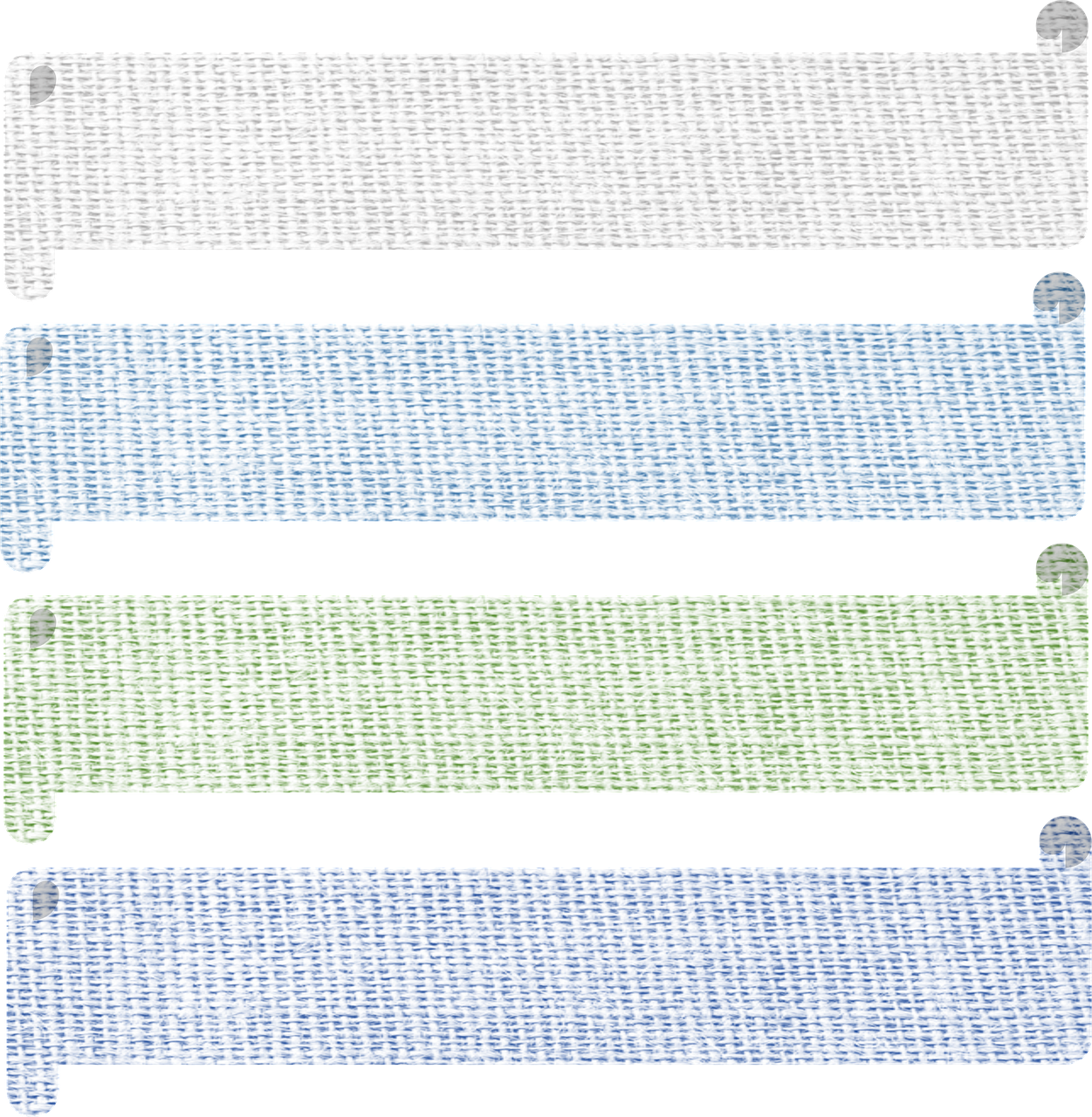Hemp Clothing Fabric And Textiles


The physical advantages of hemp fiber are its length, strength, durability, elasticity, and ability to withstand high temperatures without degeneration.
Hemp rope has long been praised for its ability to withstand rot, mildew, and insects. It is strong and very elastic and keeps its strength and gets softer as it ages. 70%-90% of all rope, twine, and cordage were made from hemp until 1937 for this very reason.

Hemp canvas is resistant to ultraviolet light damage, heat and mildew, and repels insects.
The word “canvas” actually derives from the word “cannabis”.
Hemp’s long bast fiber can be spun into threads, yarn for rope, twine, cordage, heavy canvas, or knit, or woven into a variety of fine linen-like quality fabrics.
Mildew: Hemp’s historical dominance of the shipping industry (sails, rope, rigging) because it was mildew-, rot-, and light-resistant is evidence enough.
Elasticity: Historical and modern research indicates that hemp is very elastic, but not as elastic as flax. No specific studies were found.
UV (UltraViolet): Tilley has come out with a new hemp hat. The Tilley hemp fabric has been certified with a UPF 50+, the maximum UV protection rating given. (www.tilley.com)
Durability & Strength: Barbara Filippone of EnviroTextiles commissioned all the following tests. These results are for specific fabrics. Fabric strength and durability are not only a result of the fiber, but also of the success of the weave.
Wyzenbeck ASTMD 4157 — Abrasion study on 12 100% Hemp Fabrics from China. Results: Fabrics passed for residential use (furniture). Some passed for contract industry standards.
ASTM D 3886D — Abrasion resistance. Results: Hemp fabrics had a high abrasion resistance in residential use.
ASTM D 1424D — Tear Resistance. Results: Hemp fabrics have an excellent tear resistance.
ASTM 5035D — Strength Test. Results: The 100% hemp fabrics tested had a high strength.
Fireproof Properties: CAFB 117 Section E-D California Fire Standard for 100% Chinese and European Hemp Fabrics. Results: All Fabrics met the fire standard.
Antimicrobial Properties (This is important in fabric assessment, but it also ranges into hair and skincare, as well as in the treatment of and prevention of health problems): Hemp is resistant to the growth of Aspergillus Niger.
Matt Bergh, in partial fulfillment for B.S. at California Polytechnic State University (San Luis Obispo), in conjunction with professor Dr. Christopher Kitts. “Comparative Study of the Resistance to Aspergillus Niger by Hemp, Cotton, and Flax,” June 2003.
“Cannabidiol (CBC), one of the four major cannabinoids in Cannabis sativa L., was discovered to possess strong anti-inflammatory, and anti-bacterial qualities and mild to moderate anti-fungal properties.”
Turner CE, Elsohly MA. “Biological activity of cannabichromene, its hemologs and isomers,” Journal of Clinical Pharmacology, Aug-Sep 1981. Issue 21. p. 283S-291S.
Now that we know that hemp textiles are industry tested for strength, durability, UV protection, mildew and rot resistance, fire resistance, elasticity, and we know that hemp can be grown without herbicides and pesticides nor fungicides or fertilizer (if crop rotation is utilized to optimize the nitrogen in the soil), we need to see how hemp stands up to its competition.
The information we’ve found on hemp vs. other textiles is varied. Further research needs to be done comparing hemp to other fabrics. However all sources we’ve come across tell us that cotton uses about 50% of the world’s toxic crop chemicals, and that hemp is stronger, lasts longer, is more absorbent, is warmer, breathes better, is more microbially-resistant, and that hemp requires only a third as much water as cotton to grow and only a tiny fraction of the fertilizer, pesticide and herbicide that cotton does.
Cotton kills. Hemp regenerates.
While investigating the Bergh paper above we found the following startling information:
“The chemical components in hemp are able to kill microorganisms including Staphylococcus aureus, Streptococcus viridans, Pneumococcus Corynebacterium diphtheria, Bacillus anthracis, and Mycobacterium.”
Klingeren, Van B., Ham, Ten M. “Antibacterial activity of delta9-tetrahydrocannabinol and cannabidiol.” Antonie van Leeuwenhoek. 1976. Issue 42. p. 9-12.
“THC effectively halted the replication of the Herpes Simplex Virus types 1 & 2 in both monkey and human cells.”
Lancz G, Specter S, Brown HK. “Suppressive effect of delta-9-tetrahydrocannabinol on herpes simplex virus infectivity in vitro.” Proceedings of the Society for Experimental Biology & Medicine. April 1991. Issue 196. p. 401-404.
Blevins RD, Dumic MP. “The effect of delta-9-tetrahydrocannabinol on herpes simplex virus replication.” Journal of General Virology. Aug 1980. Issue 49. p. 427-431